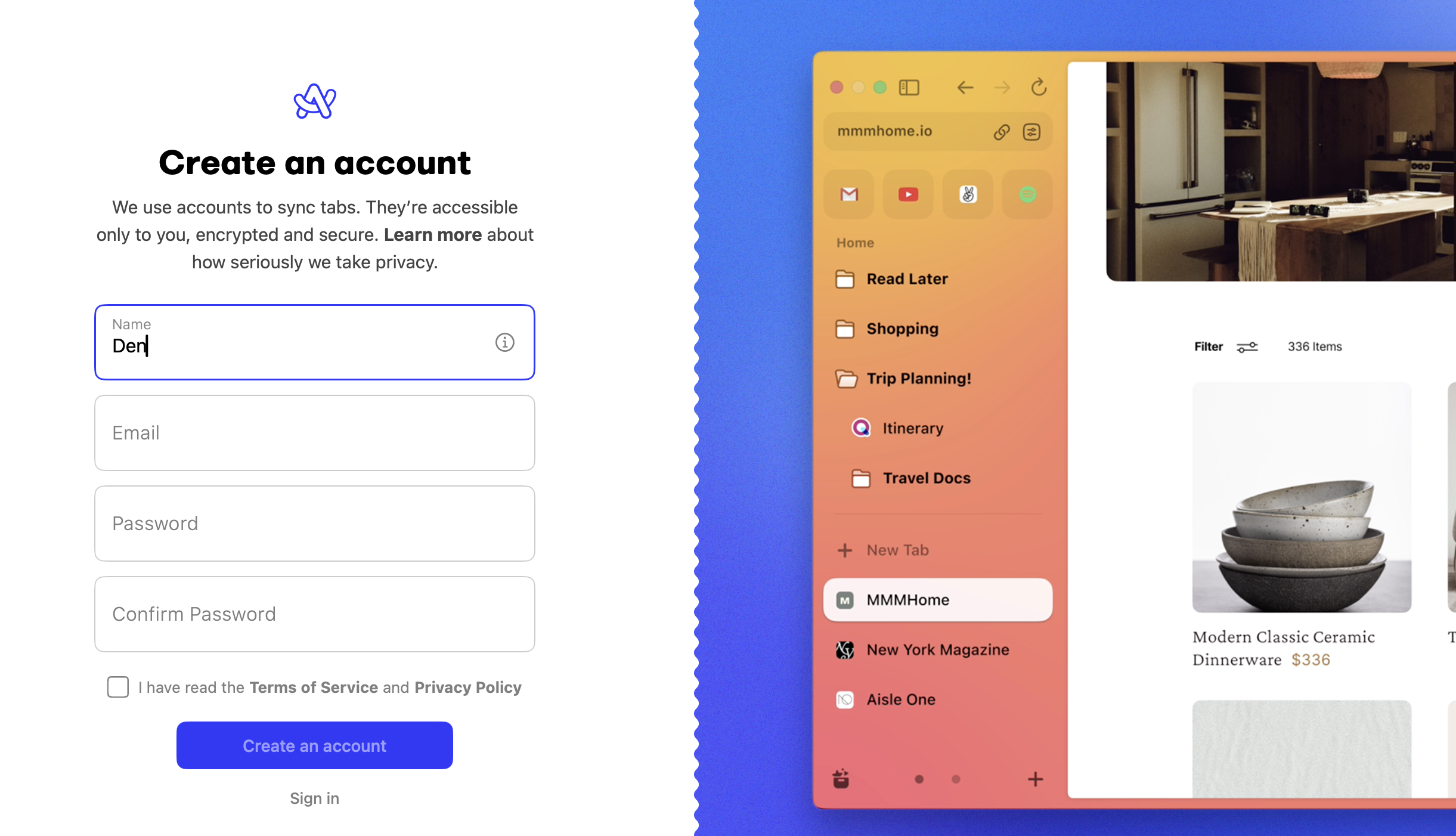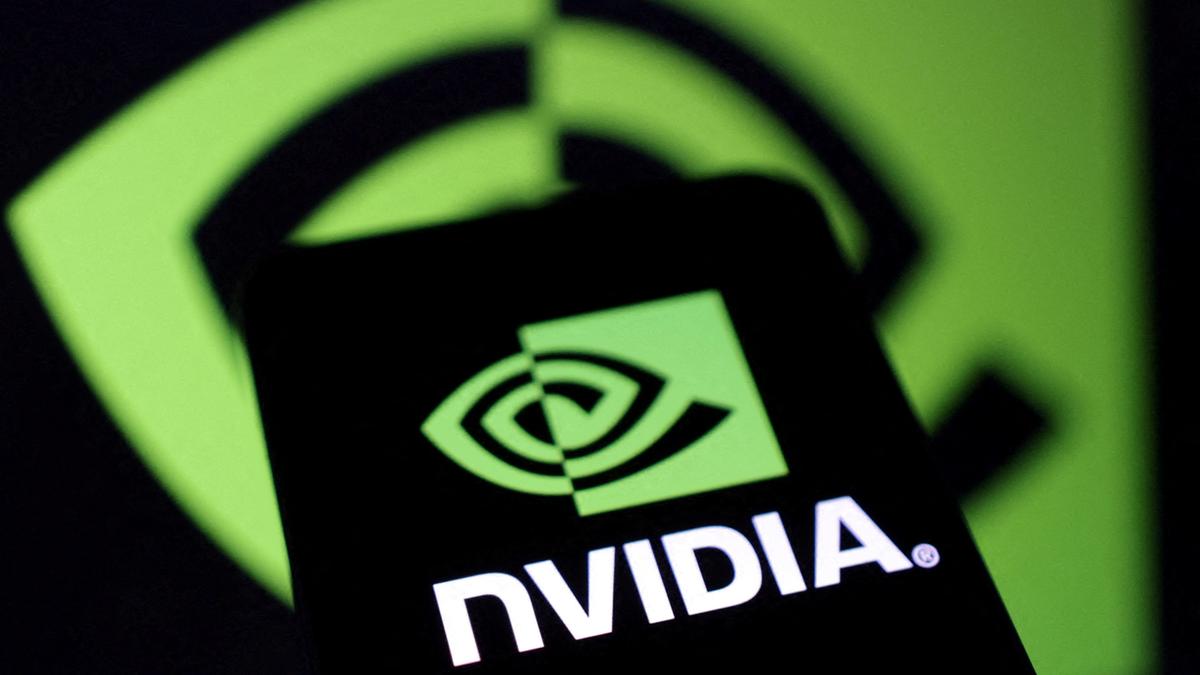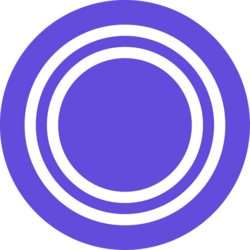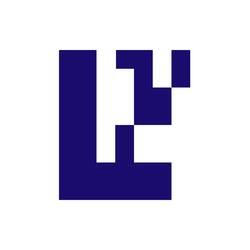Don’t expect too much from the Arc browser in the future. The browser’s developer admitted over the weekend that while Arc is being maintained, new features are no longer in active development.
The explanation, however, is convoluted. In a blog post, the company explained that while they concluded that the Arc browser was “incremental,” its novel features weren’t being used, either. For example, just under 6 percent of users took advantage of what Arc called a “space,” or workspace.
“After a couple of years of building and shipping Arc, we started running into something we called the ‘novelty tax’ problem,” the company wrote. “A lot of people loved Arc — if you’re here you might just be one of them — and we’d benefitted from consistent, organic growth since basically Day One. But for most people, Arc was simply too different, with too many new things to learn, for too little reward.”
For now, Arc seems to be in limbo. Because Arc runs on a custom infrastructure knows as the Arc Development Kit, it’s “too complex to break from Chrome,” the company wrote, and it’s the company’s “secret sauce.”
Instead, the company has shifted work to Dia, which the company says will be an “AI-first” browser. That browser is currently in alpha testing.
The problem, the company says, is that ADK is split between the two browsers, preventing the company from moving forward with Arc. “So while we’d love to open-source Arc someday, we can’t do that meaningfully without also open-sourcing ADK. And ADK is still core to our company’s value. That doesn’t mean it’ll never happen. If the day comes where it no longer puts our team or shareholders at risk, we’d be excited to share what we’ve built with the world. But we’re not there yet.”
The Browser Company of New York said it still believes that the world will move on from the current browsers like Microsoft Edge and Google Chrome, and that traditional web pages won’t be its foundation.
“Imagine writing an essay justifying why you were moving on from your candle business at the dawn of electric light,” the company said. “Electric intelligence is here — and it would be naive of us to pretend it doesn’t fundamentally change the kind of product we need to build to meet the moment.”
It’s certainly possible that the (sigh) The Browser Company of New York will end up being correct, perhaps even ahead of its time. But the metaphors being used here, which carried over into the Arc browser’s visual aesthetic, were too twee for me.
Perhaps Dia will offer a helping hand to those of us who are still stuck in the past. Perhaps not. There’s certainly room for a product that simply wants to break with history and embrace an AI-powered future. Doing so, though, limits your market appeal and also locks you into a younger aesthetic that, incidentally, seems to be aggressively rejecting the use of AI. I’m happy to admit that I don’t quite understand what the company is going for. Maybe Dia will make it all clear, someday.
Don’t expect too much from the Arc browser in the future. The browser’s developer admitted over the weekend that while Arc is being maintained, new features are no longer in active development.
The explanation, however, is convoluted. In a blog post, the company explained that while they concluded that the Arc browser was “incremental,” its novel features weren’t being used, either. For example, just under 6 percent of users took advantage of what Arc called a “space,” or workspace.
“After a couple of years of building and shipping Arc, we started running into something we called the ‘novelty tax’ problem,” the company wrote. “A lot of people loved Arc — if you’re here you might just be one of them — and we’d benefitted from consistent, organic growth since basically Day One. But for most people, Arc was simply too different, with too many new things to learn, for too little reward.”
For now, Arc seems to be in limbo. Because Arc runs on a custom infrastructure knows as the Arc Development Kit, it’s “too complex to break from Chrome,” the company wrote, and it’s the company’s “secret sauce.”
Instead, the company has shifted work to Dia, which the company says will be an “AI-first” browser. That browser is currently in alpha testing.
The problem, the company says, is that ADK is split between the two browsers, preventing the company from moving forward with Arc. “So while we’d love to open-source Arc someday, we can’t do that meaningfully without also open-sourcing ADK. And ADK is still core to our company’s value. That doesn’t mean it’ll never happen. If the day comes where it no longer puts our team or shareholders at risk, we’d be excited to share what we’ve built with the world. But we’re not there yet.”
The Browser Company of New York said it still believes that the world will move on from the current browsers like Microsoft Edge and Google Chrome, and that traditional web pages won’t be its foundation.
“Imagine writing an essay justifying why you were moving on from your candle business at the dawn of electric light,” the company said. “Electric intelligence is here — and it would be naive of us to pretend it doesn’t fundamentally change the kind of product we need to build to meet the moment.”
It’s certainly possible that the (sigh) The Browser Company of New York will end up being correct, perhaps even ahead of its time. But the metaphors being used here, which carried over into the Arc browser’s visual aesthetic, were too twee for me.
Perhaps Dia will offer a helping hand to those of us who are still stuck in the past. Perhaps not. There’s certainly room for a product that simply wants to break with history and embrace an AI-powered future. Doing so, though, limits your market appeal and also locks you into a younger aesthetic that, incidentally, seems to be aggressively rejecting the use of AI. I’m happy to admit that I don’t quite understand what the company is going for. Maybe Dia will make it all clear, someday. Personal Software PCWorld


























































































































